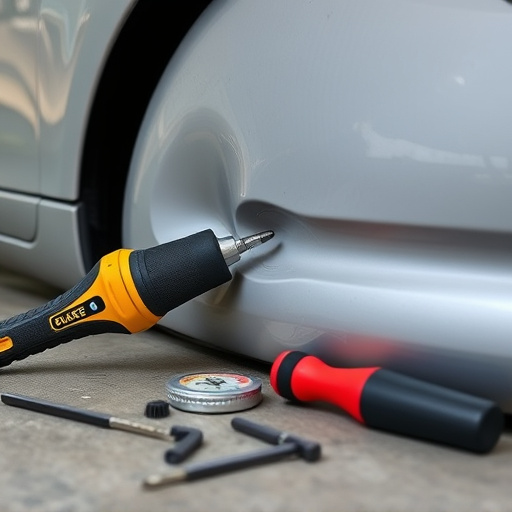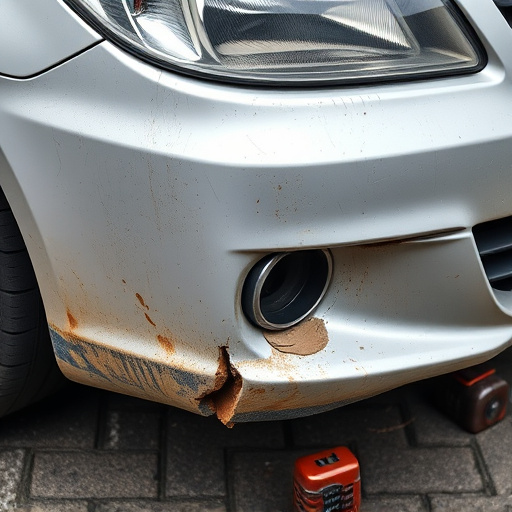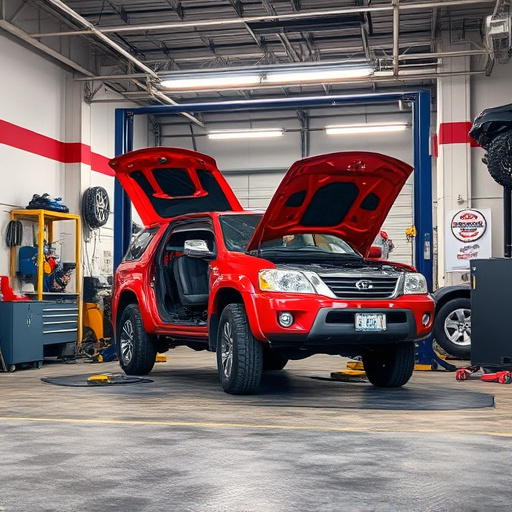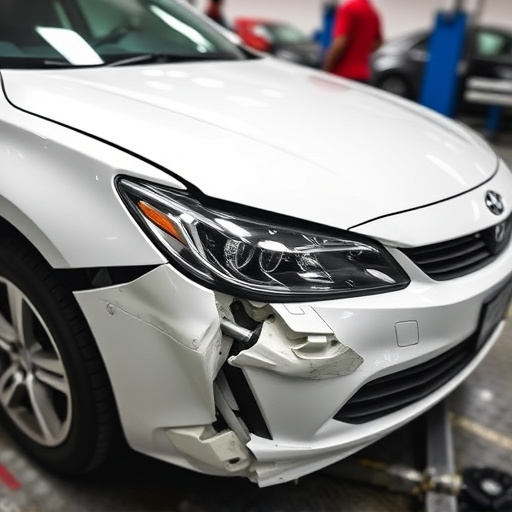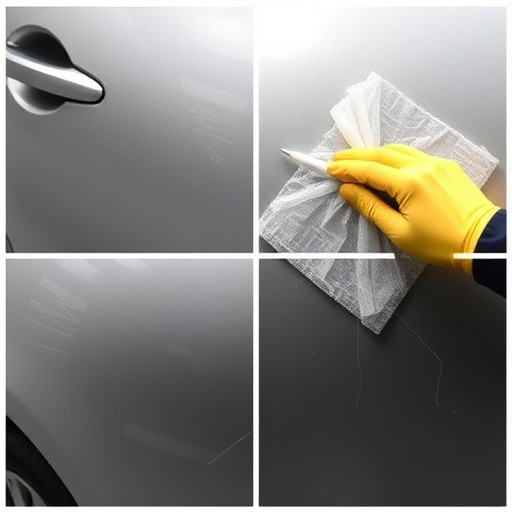Understanding and efficiently coordinating deductible payment options is crucial for auto collision repair. Individuals should explore various plans, including set, variable, or no-deductible options, aligned with their needs. Clear communication channels, seamless payment systems, and flexible solutions like credit cards or financing enhance customer satisfaction, streamline processes, and build trust among insurers, repair shops, and clients. This section discusses best practices, tiered deductibles, and common pitfalls to avoid, focusing on transparency and tailored options for policyholders.
In today’s complex healthcare landscape, effective deductible payment coordination is crucial for both insurers and policyholders. This article delves into the key elements of successful coordination, exploring various strategies and best practices. We examine different deductible payment options available, offering insights into how to navigate these choices efficiently. By understanding common pitfalls and adopting proven techniques, individuals can optimize their healthcare financial responsibilities.
- Understanding Deductible Payment Options
- Strategies for Efficient Coordination
- Best Practices and Common Pitfalls
Understanding Deductible Payment Options
When it comes to understanding deductible payment options, individuals often find themselves navigating a complex landscape. It’s crucial to grasp that deductibles play a significant role in insurance policies, particularly for auto collision centers and vehicle collision repair services. These are the out-of-pocket expenses an insured person agrees to cover before their insurance kicks in during an incident. By being aware of deductible payment options, policyholders can make informed decisions that align with their financial capabilities and needs.
There are various deductible payment plans available, each offering unique benefits tailored to different circumstances. Some policies may have a set deductible amount, while others might feature variable deductibles or even no-deductible options. Individuals should explore these alternatives, especially when considering auto repair services, to find the best fit for their situation. Understanding these choices is key to effective deductible payment coordination, ensuring that unexpected repairs at auto collision centers don’t drain one’s finances unexpectedly.
Strategies for Efficient Coordination
Efficient coordination of deductible payment options is key to enhancing customer satisfaction and streamlining processes for both insurance providers and repair shops. One strategic approach involves clear communication channels, where all parties involved—from policyholders to claims adjusters and technicians—are on the same page regarding expectations, timelines, and available deductible payment solutions. For instance, highlighting flexible deductible payment options like credit card processing, digital wallets, or third-party financing can appeal to customers, offering them convenience and control over their out-of-pocket expenses.
Additionally, implementing a seamless integration of payment systems for various repair services, such as automotive collision repair, vehicle paint repair, or even paintless dent repair, ensures a smooth experience. This involves utilizing technology that automates the process, reduces human error, and accelerates settlement times. By employing these strategies, not only can deductible payments be efficiently managed, but also customer trust and loyalty can be fostered, ultimately strengthening the relationship between insurance providers, repair shops, and their clients.
Best Practices and Common Pitfalls
Best Practices and Common Pitfalls
Effective deductible payment coordination is a delicate balance between offering flexibility to policyholders while ensuring financial viability for insurers. Best practices involve clear communication about available deductible payment options tailored to various needs, from minimal out-of-pocket expenses to budget-busting repairs like those in a car collision repair scenario. Offering tiered deductibles based on the scope of work (e.g., minor auto maintenance versus extensive automotive repair) and allowing for flexible payment plans can enhance customer satisfaction without compromising operational stability.
Despite these strategies, several common pitfalls await. Insurers must avoid overly complex deductible structures that confound customers. For instance, while offering high-deductible plans with potentially lower premiums may attract cost-conscious individuals, the fine print should clearly define what constitutes a covered event and any exclusions related to car collision repair or other unexpected auto maintenance issues. Additionally, ensuring transparent communication about payment expectations and deadlines is crucial to avoid customer frustration and potential claim denials due to administrative errors.
Effective deductible payment coordination is a symphony of tailored strategies, best practices, and an understanding of diverse deductible payment options. By implementing efficient coordination techniques, healthcare providers can enhance patient satisfaction while navigating the complexities of these payments. Remember that recognizing common pitfalls and adhering to proven practices are key to ensuring a seamless process, ultimately improving overall operational efficiency in managing deductible payments.
